The intersection of artistic creativity and advanced technology has opened new avenues for immersive experiences. One notable example is the development of 3D interactive virtual environments, such as those created with MyStreamPro. This article delves into how art and technology converge to create stunning 3D environments and explores the capabilities, benefits, and challenges associated with platforms like MyStreamPro.
1. The Fusion of Art and Technology in 3D Environments
Creating 3D interactive virtual environments requires a seamless integration of artistic vision and technological prowess. Artists and developers must collaborate to design environments that are visually captivating and functionally robust.
Key Elements:
- Artistic Vision: The creative aspect involves designing visually compelling elements such as textures, lighting, and spatial layouts that engage users.
- Technological Integration: The technical side encompasses the use of software and tools to bring the artistic vision to life, ensuring the environment is interactive, responsive, and immersive.
Example: MyStreamPro enables users to craft detailed 3D environments by providing advanced tools for modeling, texturing, and real-time interaction, blending artistic creativity with cutting-edge technology.
2. Exploring MyStreamPro: Features and Capabilities
MyStreamPro is a powerful platform that bridges the gap between art and technology by offering a suite of features tailored for creating interactive 3D environments. Understanding its capabilities helps artists and developers leverage its full potential.
Key Features:
- Real-Time Rendering: MyStreamPro provides real-time rendering capabilities, allowing artists to see changes instantly and make adjustments on the fly.
- Interactive Elements: Users can integrate interactive components like clickable objects, animated elements, and dynamic environments that respond to user inputs.
- Cross-Platform Support: The platform supports various devices and platforms, ensuring that 3D environments are accessible on different screens and devices.
Example: An artist can use MyStreamPro to create a virtual gallery where users can explore 3D art pieces interactively, providing a richer experience than static images.
3. Benefits of Using 3D Interactive Virtual Environments
Integrating 3D interactive elements into digital art provides numerous benefits, enhancing both user engagement and the overall experience.
Key Benefits:
- Enhanced Engagement: Interactive environments captivate users by offering immersive experiences that static media cannot match.
- Creative Freedom: Artists have the freedom to experiment with complex spatial designs and interactive features, pushing the boundaries of traditional art.
- Educational and Commercial Applications: Virtual environments can be used for educational purposes, virtual tours, and commercial applications like virtual showrooms.
Example: Museums and galleries use interactive 3D environments to offer virtual tours of exhibits, making art accessible to a global audience.
4. Challenges in Creating 3D Interactive Virtual Environments
While the potential of 3D interactive environments is vast, there are several challenges that artists and developers must address to create effective and engaging experiences.
Common Challenges:
- Complexity of Design: Designing detailed and interactive 3D environments requires a deep understanding of both artistic principles and technical constraints.
- Performance Optimization: Ensuring that the environment runs smoothly across various devices can be challenging, requiring optimization of assets and code.
- User Experience: Creating an intuitive and seamless user experience involves careful consideration of navigation, interaction design, and feedback mechanisms.
Mitigation Strategies: Employ iterative design processes, conduct performance testing on multiple devices, and prioritize user feedback to address these challenges effectively.
5. Future Trends in 3D Interactive Environments
The field of 3D interactive environments is constantly evolving, with emerging technologies and trends shaping its future.
Future Trends:
- Augmented Reality (AR) Integration: Combining 3D environments with AR technology to create mixed-reality experiences.
- Artificial Intelligence (AI) Enhancement: Using AI to create more responsive and adaptive environments that can learn from user interactions.
- Blockchain for Digital Art: Implementing blockchain technology for provenance and ownership of digital art within virtual environments.
Example: Future developments might include AR experiences where users interact with 3D art pieces overlaid on their real-world surroundings, enhancing engagement and accessibility.
Conclusion
Bridging the gap between art and technology through 3D interactive virtual environments represents a dynamic fusion of creativity and innovation. Platforms like MyStreamPro offer powerful tools that enable artists and developers to create immersive, interactive experiences that captivate and engage users. By understanding the features, benefits, and challenges associated with these environments, and keeping an eye on future trends, creators can push the boundaries of digital art and technology. The synergy between art and technology continues to open new possibilities, shaping the future of interactive experiences in exciting and transformative ways.
Artful Interactive 3D Examples
Related Links
Subscribe to our newsletter!
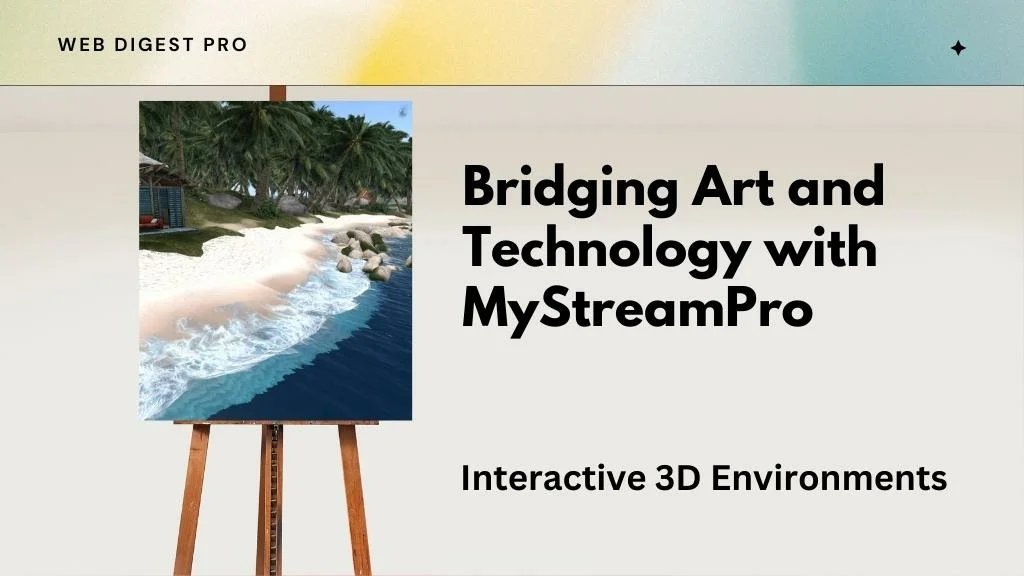
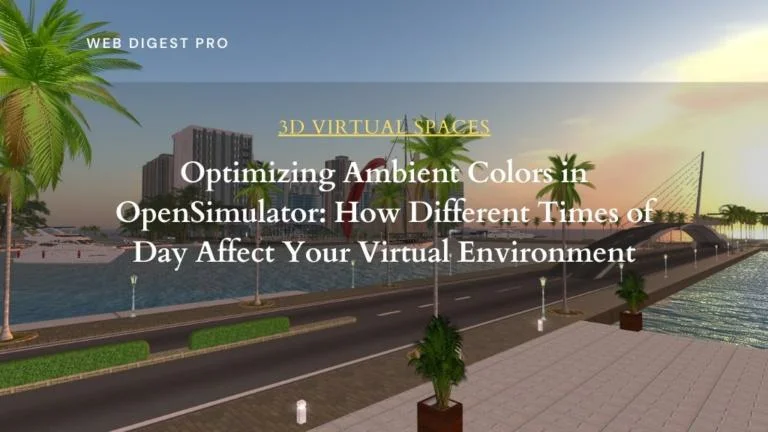
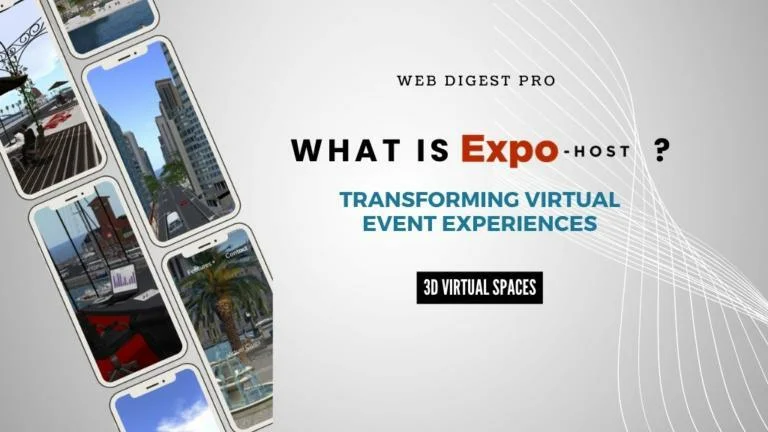
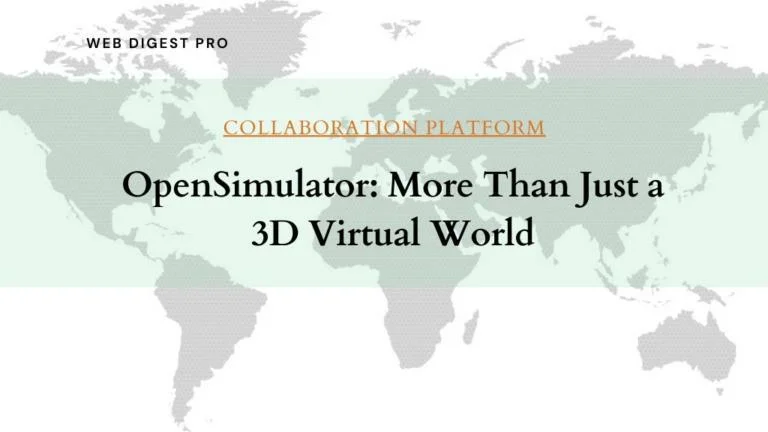
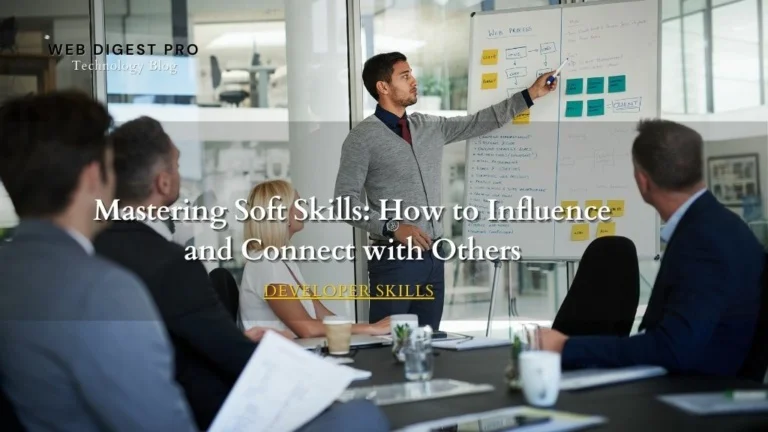
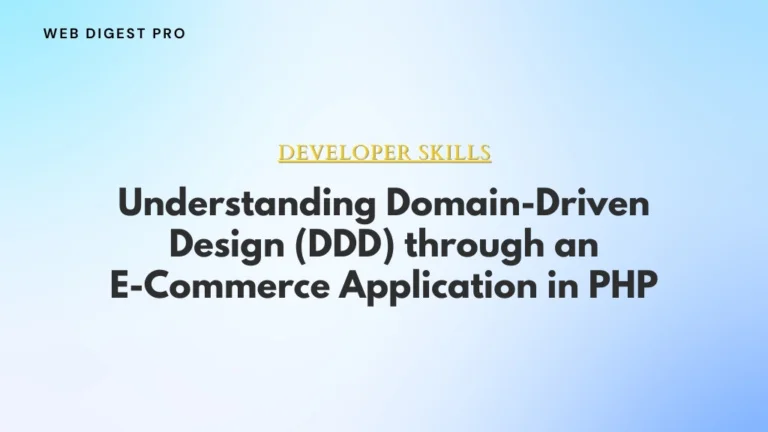
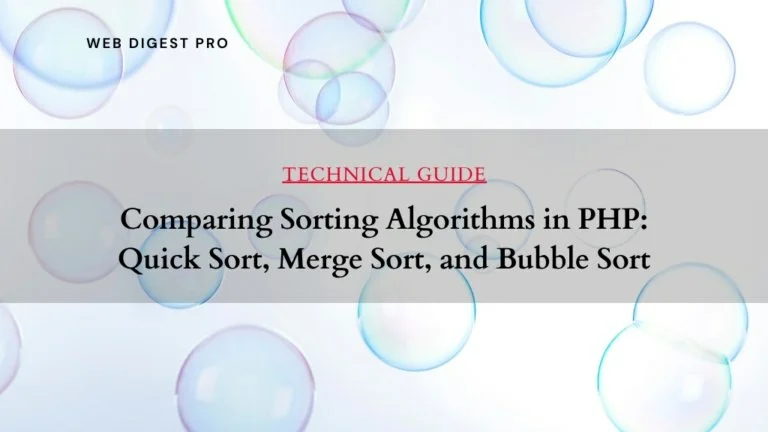
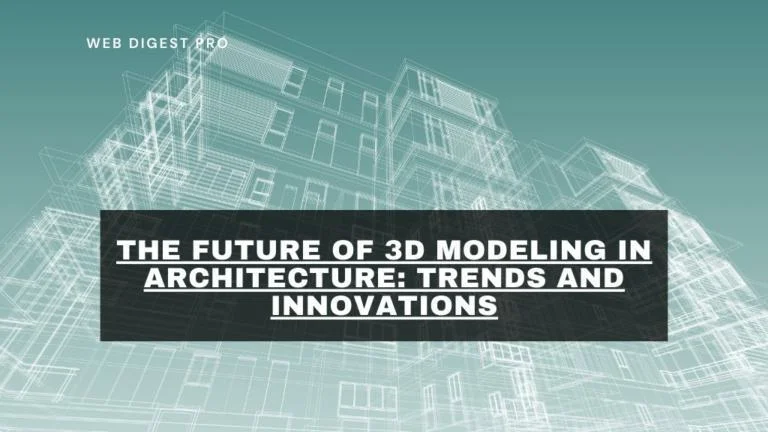
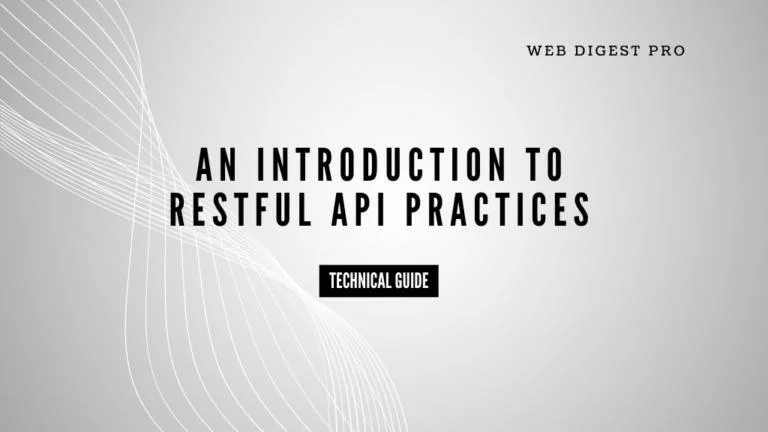
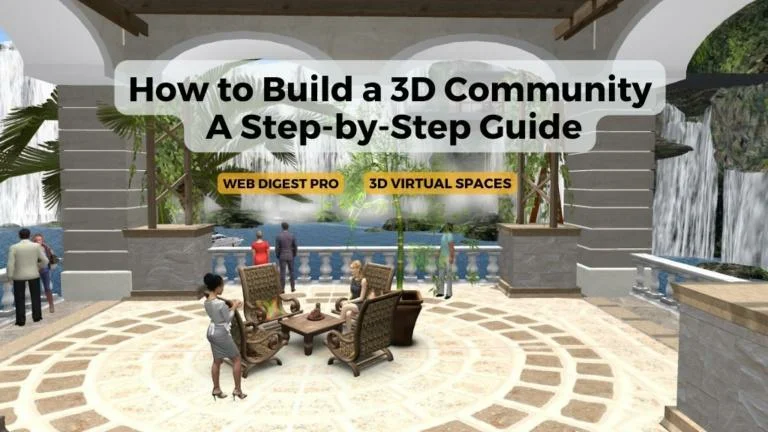
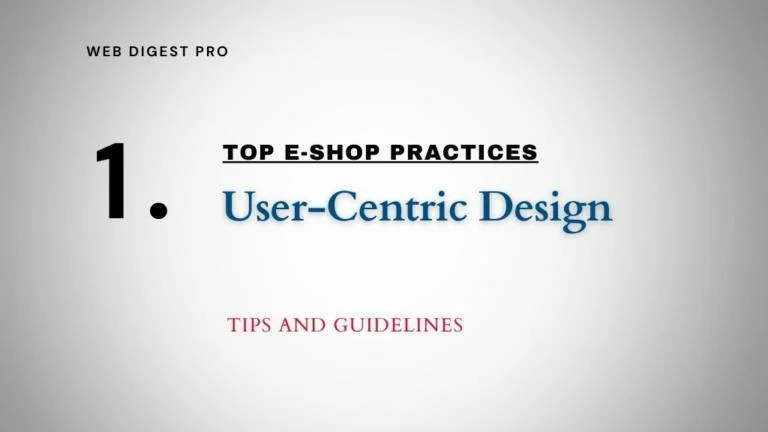
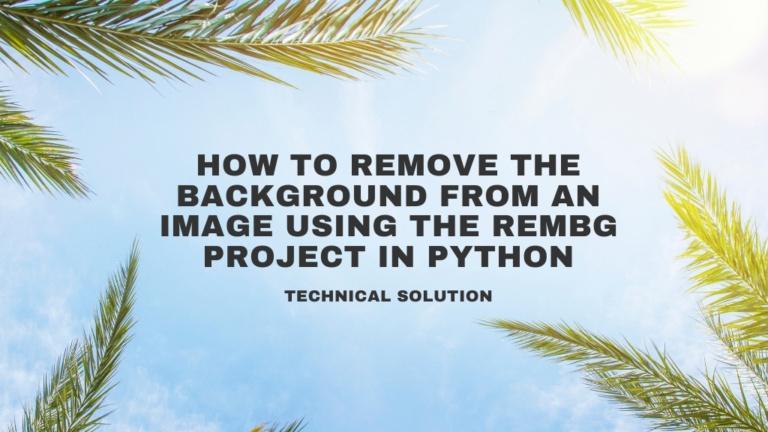
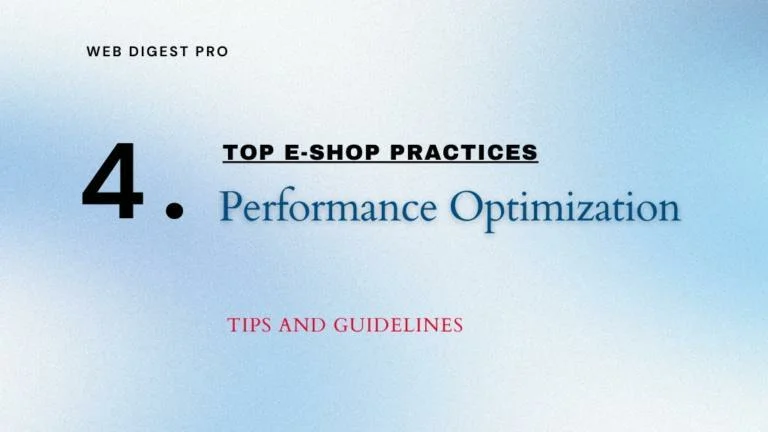
+ There are no comments
Add yours